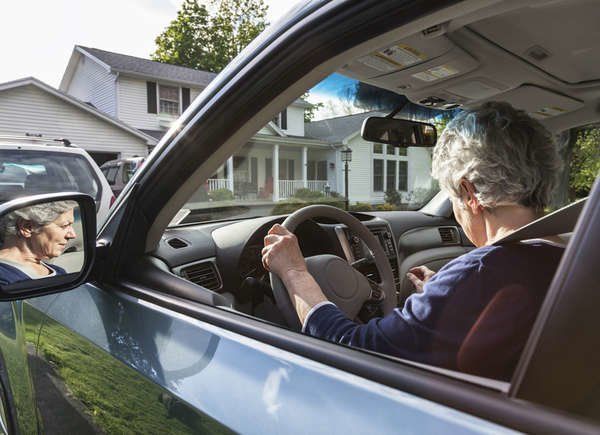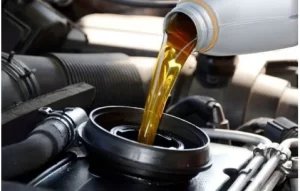
You have been on some long-distance trips, and the warmer weather has begun, so it is time to maintain your motorcycle in top shape. It is important to clean the outside of your motorcycle to ensure that the paint is intact and bugs are not a permanent fixture. But there’s more to it.
Oil for your motorcycle.
Regular oil changes will ensure your motorcycle runs smoothly for many years.
While many riders know the importance of changing oil for their bikes’ overall health, they often forget to do this maintenance. Is it better to change the filter every other day, or can they leave it alone? These maintenance tips will be explained.
What does Motorcycle Oil do?
You know how important it can be to have your oil changed regularly, whether you drive a car or a motorcycle. But why?
Because motor oil acts as a lubricant, engines need to run smoothly. You may have to replace your engine if the oil level drops or is low.
Motor oil is essential to ensure that your engine runs smoothly and stays cool for longer.
How often should I change my oil?
This is a question that semi-experienced and new riders have difficulty answering. Many riders are too busy cruising around on their bikes to think about regular maintenance. It’s often 1,000+ miles before they realize it’s time to change the oil.
Changing the oil on your motorcycle will depend on several factors. These factors are:
Make/Model/Year
Every motorcycle company has its engine, which can determine the type of oil used. Even if two motorcycles are the same model, they could be made 40 years apart, leading to different oil types.
How Many Times You Ride
How often you ride is a major factor in when oil should be changed. You will need to change your oil less frequently if you are a casual rider who rides 1,000 miles per year during the summer months than someone who takes frequent long-distance trips.
Type of oil used
Different oil types also determine when oil changes are necessary. There are three options for the type of oil you should use, depending on the year/make/model of your motorcycle. Although there are general guidelines for changing the oil on your motorcycle, you should always consult your service manual for more specific instructions.
Motorbikes that require mineral-based motor oils can usually run between 2,000 and 2,200 miles before changing the oil. Semi-synthetic motor oils can last between 5,000 and 8,000 miles before they need to be changed. Motorcycle engines that run on fully synthetic motor oils will last from 7,000 to 10,000 miles before they need to be changed.
Current Oil Situation
You can also check the oil quality to determine if your oil needs to be changed. You can take out the oil dipstick and look through the oil sight windows. These two methods will determine if your oil level is high or low.
Do I need to change my oil filter?
Many people wonder if changing the oil filters every oil change is worth it. As a rule of thumb, doing this maintenance service is a good idea. Although it may seem trivial and unnecessary, an oil filter is essential to ensure your motorcycle runs smoothly.
These tiny components prevent dirt, sludge, and other particles from getting into your bike’s various parts. These items could cause engine damage and increase wear if they weren’t caught.
You can also do other maintenance on your motorcycle.
It’s a good idea to inspect your whole bike while you are in the middle of the end of summer riding season. This will ensure it is in top condition for the rest of the season. The following areas are important to inspect:
Battery Health
Using a multimeter, you can check the health of your motorcycle’s battery. It’s a great time to inspect it and also clean the terminals.
Brakes
A trip with faulty brakes can be a nightmare. You can check the quality of your brakes by checking your rotors and pads for any damage or warping.
Fluids
It’s crucial to ensure that your motorcycle is cool during the summer heat. You should also check brake fluid, transmission oil, and fork oil.
Safety Controls
To ensure safety for you and others on the road, ensure your safety controls work properly. This includes brake lights, front headlights, turn signals, side mirrors, horns, and turn signals.
Although it may take you a few evenings to check these areas, it is better than having your bike out of commission for several weeks while it undergoes major repairs.

















